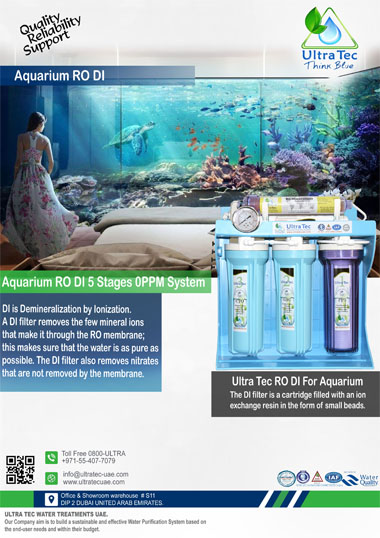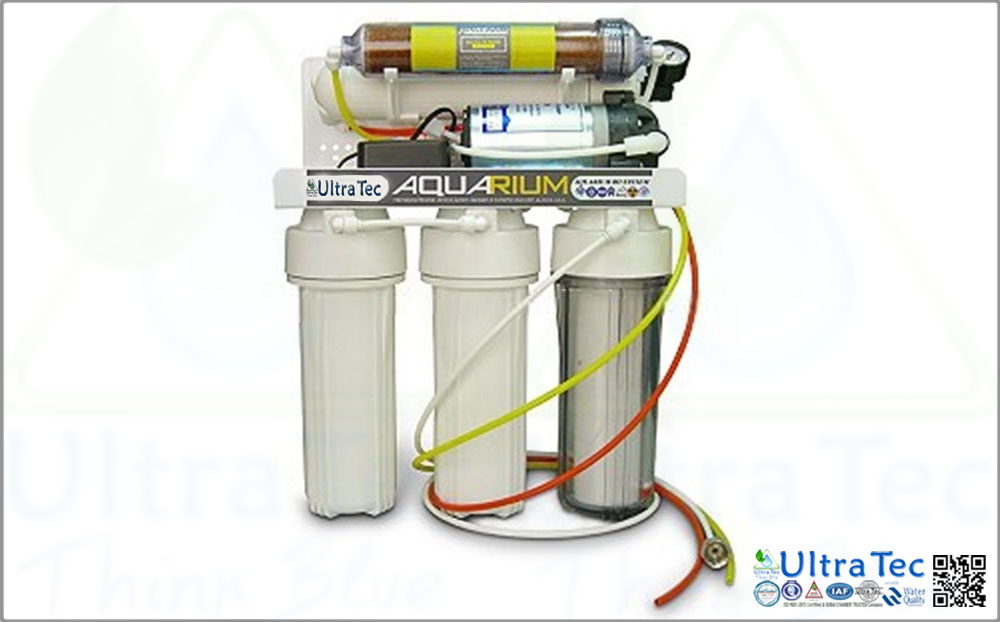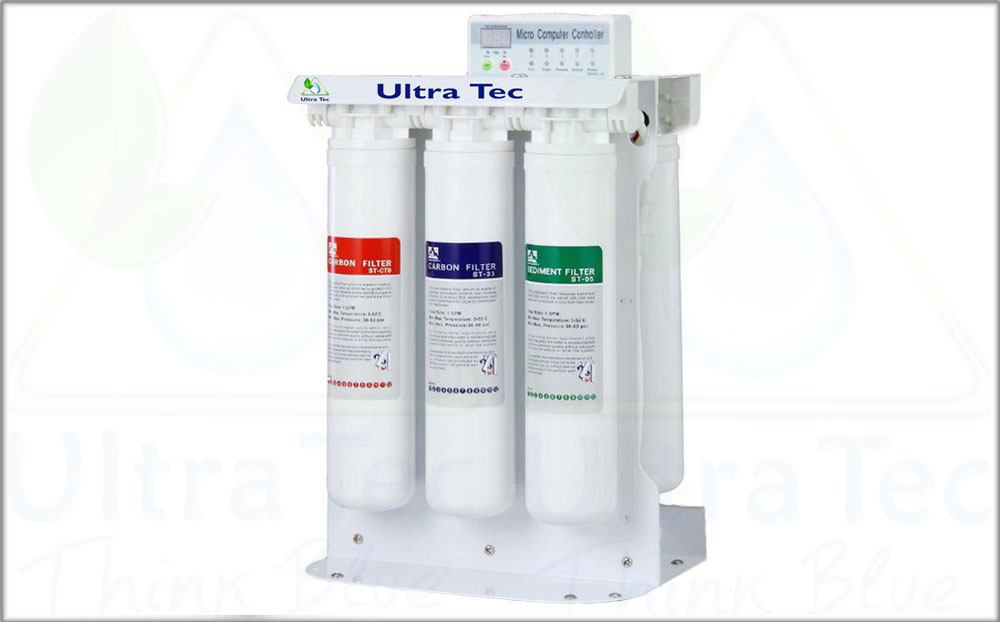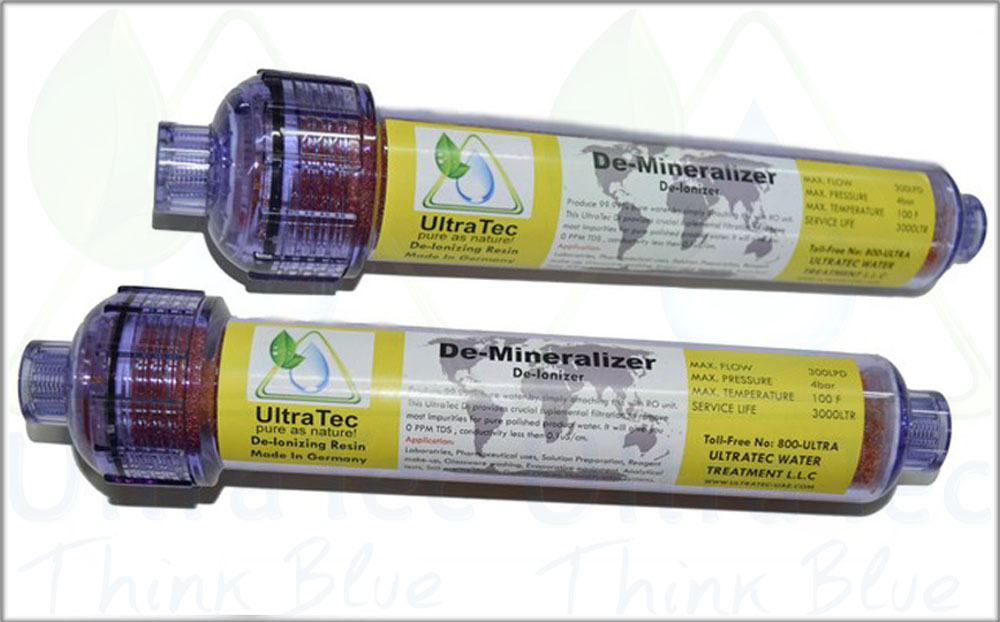- Home
- About Us
- Industrial
- Industrial RO Plant
- Sea Water RO Plant
- Brackish Water RO Plant
- Containerized RO Plant
- Industrial Water Softener
- Industrial Deionizer System
- Self Cleaning Filter
- Multimedia Filter
- UltraFiltration UF System
- UltraViolet UV Sterilizers
- Industrial RO Membrane
- Media & Chemical
- Parts & Accessories
- Service & Maintenance
- Commercial
- Domestic
- Service & Maintenance
- Contact


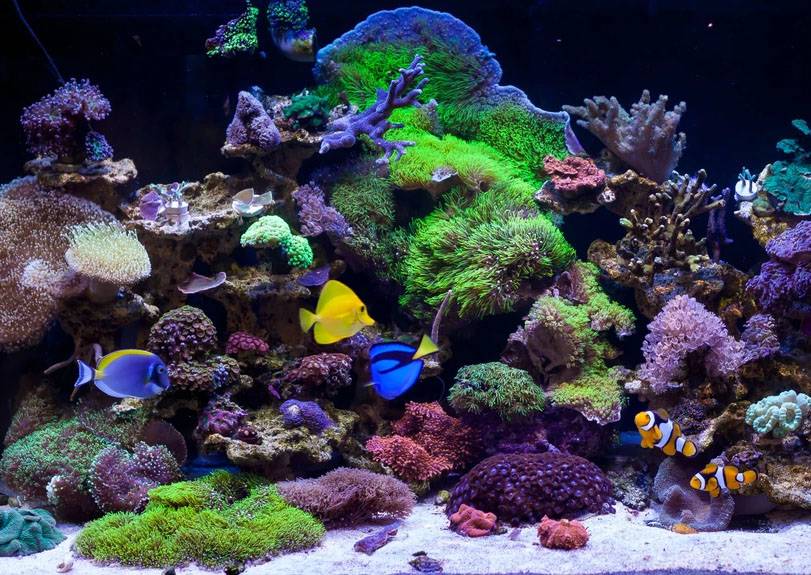 Reverse osmosis gives you a starting point to create the perfect marine environment for your saltwater fish.
Reverse osmosis gives you a starting point to create the perfect marine environment for your saltwater fish.